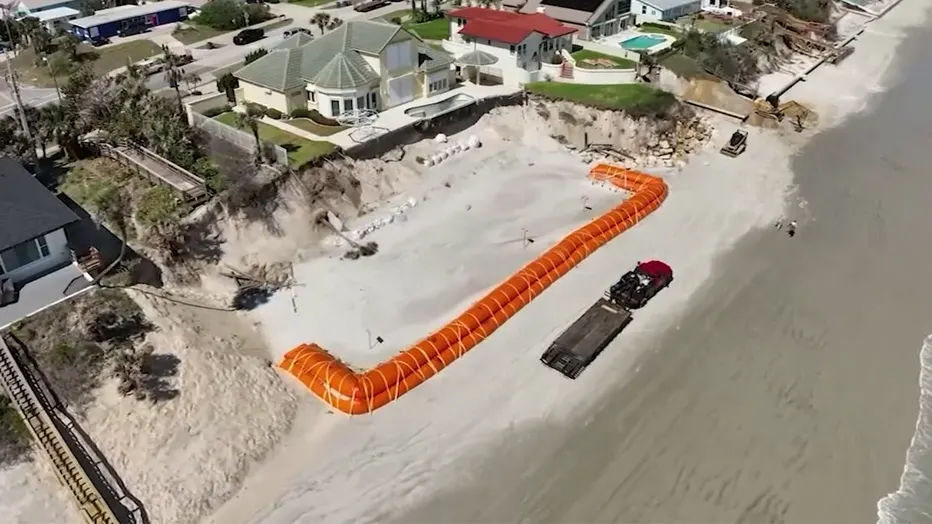From Miami to San Diego, flooding is now the costliest weather peril. Yet most households are still betting on three shaky safety nets:
- “My homeowner policy covers floods.”
- “Government aid will pay the bill.”
- “I’m not in a flood zone, so I’m safe.”
Spoiler: all three are myths—and believing them can drain your savings overnight. This guide busts each misconception and shows why portable Tiger Dams™ water‑filled barriers are a faster, cheaper, and far more certain line of defense.
Myth 1 — “My Homeowners Insurance Will Cover Flood Damage.”
Reality: In the US, standard home or contents policies exclude flooding. The U.S. Government Accountability Office puts it bluntly: “Most homeowners insurance policies don’t cover flood damage.”
- Fewer than 4 % of U.S. homeowners carry a separate flood policy.
- The average claim is ≈ $43 k, but FEMA grants (if you qualify) average only $5 k.
Bottom line: Check your policy today—and plan for physical protection tomorrow.
Myth 2 — “Government Disaster Aid Will Cover Everything.”
Reality: Federal or state aid is limited, slow, and often arrives as a loan you must repay.
- Fewer than 50 % of U.S. flooding events ever receive a federal disaster declaration, the prerequisite for FEMA grants or loans.
- Interest on disaster loans can exceed the annual premium for a solid flood‑insurance policy.
Counting on aid is like counting on a lottery ticket—except the stakes are your home.
Myth 3 — “I’m Outside the Flood Zone—So I’m Fine.”
Reality: One‑third of all U.S. disaster assistance for flooding and more than 25 % of FEMA claims come from areas outside high‑risk zones.
- Outdated maps miss rainfall‑driven flash floods and new upstream development.
- In North Carolina’s Buncombe County, < 1 % of homes carried flood insurance when recent riverside suburbs went under.
No map can predict the cloudburst that clogs your storm drains tomorrow.
The Soaring Price Tag of Flood Damage
- U.S. average flood claim: $43 k; severe events climb well into six figures.
A single foot of water can ruin flooring, drywall, and appliances—plus trigger costly mold remediation and months of displacement.
Take Action Before the Next Storm
- Audit Your Risk – Read the fine print of your policy; pull local flood‑history data.
- Size Your Entryways – Measure doors, garages, low vents; and choose Tiger Dams™ kits accordingly.
- Drill Deployment – Practice a 10‑minute “roll‑out, connect, fill” routine with family.
- Layer Defenses – Pair barriers with elevation blocks and a battery‑backup sump pump.
- Stay Ready – Keep hoses, pumps, and gloves with your Tiger Dams™ stack so you’re flood‑ready 24/7.
Conclusion: Myths Won’t Keep Water Out—Tiger Dams™ Will
Insurance exclusions, limited aid, and “low‑risk” labels leave millions exposed. Portable, reusable Tiger Dams™ put control back in your hands—stopping floods at the threshold instead of paying for them in drywall receipts.
Secure your home door kit today at usfloodcontrol.com – because the best time to build a barrier is before the river reaches your front door.


